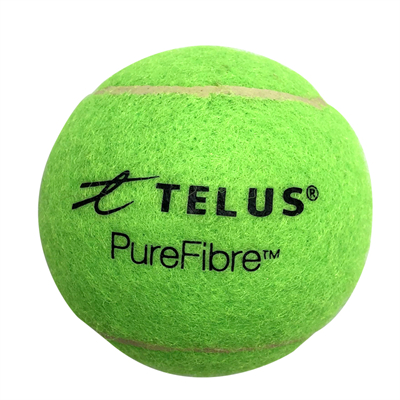Tennis balls have come a long way since their humble beginnings as handmade spheres of leather and cloth filled with various materials. The evolution of tennis balls showcases the blend of tradition and technology in enhancing the game:
- Early Tennis Balls: Historical records suggest that early tennis balls were made from leather and stuffed with materials like hair, wool, or even human hair.
- Introduction of Rubber: The introduction of rubber in the 19th century revolutionized tennis ball construction, providing a more consistent and lively bounce.
- Felt Cover: The addition of a felt cover to rubber balls improved durability and made the ball more playable on various court surfaces.
- Standardization: Organizations like the International Tennis Federation (ITF) established standards for tennis ball size, weight, and bounce, ensuring uniformity in the game.
- Pressurized Balls: The introduction of pressurized balls with a hollow core filled with gas enhanced the ball’s bounce and responsiveness, adding a new dimension to gameplay.
- Material Innovations: Modern tennis balls use synthetic rubber cores and advanced felt materials to optimize performance, durability, and consistency.
- Variations for Court Types: Tennis balls are tailored for different court surfaces, with variations in felt thickness and construction to suit clay, grass, and hard courts.
- High-Altitude Balls: High-altitude balls are designed to account for reduced air pressure at higher elevations, maintaining optimal bounce.
- Sustainability: Tennis ball manufacturers are exploring eco-friendly materials and production methods to reduce the environmental impact.
- Smart Balls: Emerging technologies are exploring the integration of sensors in tennis balls to provide players with real-time data and insights.
The evolution of tennis balls reflects the dynamic nature of the sport and the ongoing quest to enhance gameplay through innovation.





















